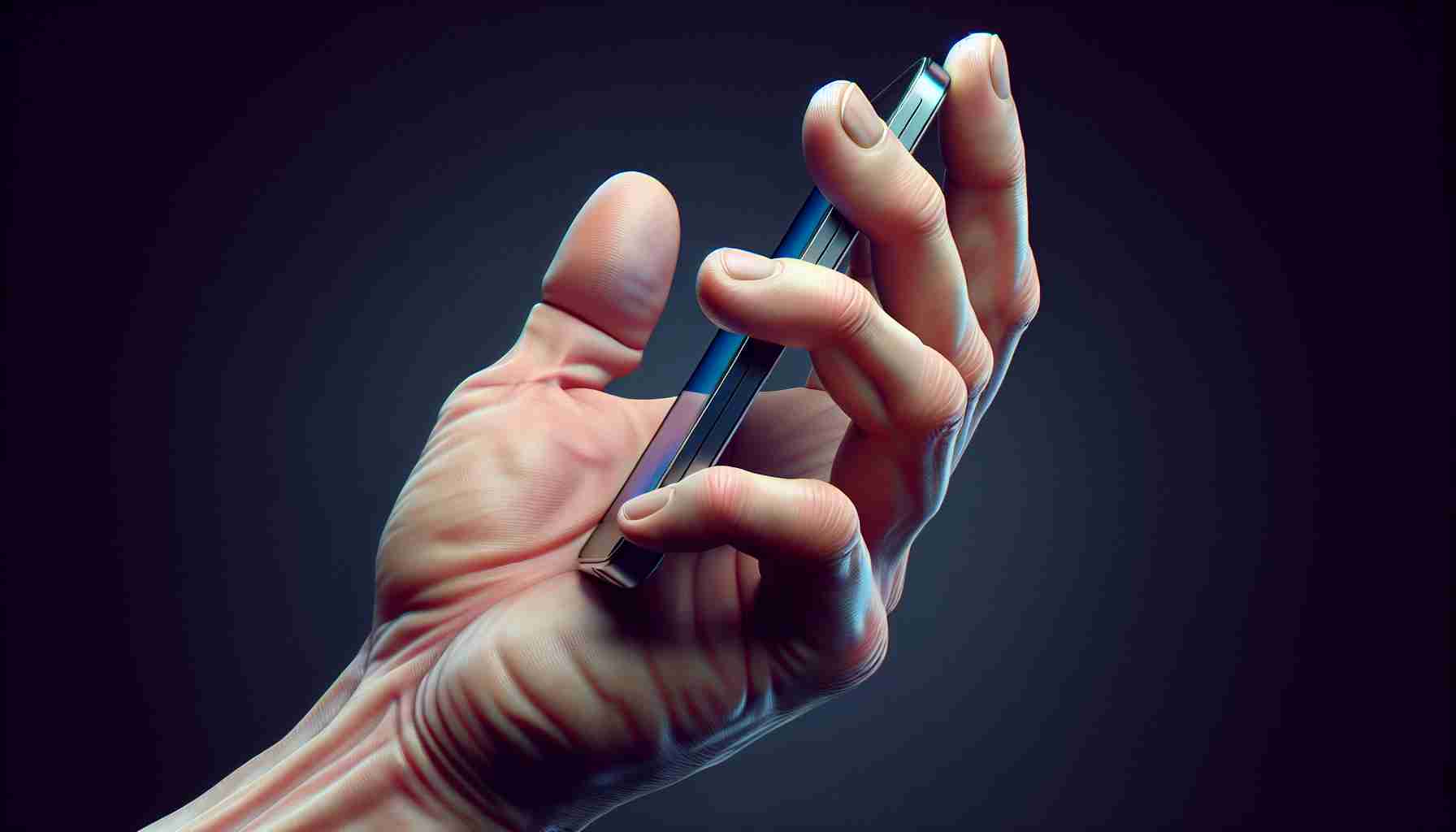Is Your Little Finger Adapting to Smartphone Use?
The digital age has brought about spectacular changes in how we commute and socialize. Interestingly, it sparked a debate online concerning the so-called “Smartphone Pinky.”
This term refers to the way some people hold their smartphones, using their little finger as a support at the device’s base while the others secure the back, and the thumb interacts with the screen.
Health Concern or Just a Natural Variation?
Photos of bent little fingers circulated among worried smartphone users, attributing the change to prolonged phone usage. However, health experts have weighed in and dismissed the idea of this being an actual medical condition. Dr. Peter Evans, an orthopedic surgeon, clarified that changes or indentations in little fingers likely represent the normal anatomy that varies widely among individuals.
Other Possible Health Issues from Mobile Use
While dismissing the severity of ‘Smartphone Pinky,’ Dr. Evans acknowledged other mobile phone-related health risks. For example, “smartphone elbow,” also known as cubital tunnel syndrome, is a genuine condition caused by prolonged elbow flexion during phone use that could lead to nerve damage. Additionally, excessive screen time could strain neck muscles, leading to pain and cramping, while overusing thumbs can exacerbate conditions like arthritis or trigger new tendon issues.
The discussion about ‘Smartphone Pinky’ has opened up conversations about our interaction with technology and potential health implications, yet as of now, the finger phenomenon itself appears to be a misattribution rather than a widespread medical concern.
Understanding Repetitive Strain Injuries and Smartphone Use
With the prevalence of smartphones in daily life, it’s essential to understand the broader context of how these devices may affect our health. Repetitive Strain Injuries (RSIs) are a group of conditions caused by repetitive movement and overuse of a particular part of the body. Common RSIs include carpal tunnel syndrome, tendonitis, and bursitis, which could be exacerbated by repetitive motions like typing or swiping on a smartphone.
Key Questions and Answers
Q: Is ‘Smartphone Pinky’ a recognized medical condition?
A: No, health experts, including orthopedic surgeons, have not recognized ‘Smartphone Pinky’ as a medical condition. The deformity is believed to be a variation in normal anatomy.
Q: Can smartphone use cause other health issues?
A: Yes, prolonged and improper smartphone use can lead to conditions such as ‘smartphone elbow’ (cubital tunnel syndrome), neck strain, and thumb tendonitis.
Key Challenges and Controversies
One challenge is distinguishing between normal anatomical variations and actual physical deformities or conditions caused by smartphone use. Another controversy arises from self-diagnosing based on misinformation spread online, potentially leading to unwarranted fear or ignoring more serious conditions.
Advantages and Disadvantages
The primary advantage of investigating the ‘Smartphone Pinky’ myth is the increased awareness of how technology might affect our bodies, thus encouraging healthier practices such as taking frequent breaks and using hands-free options. On the other hand, the hype surrounding unverified conditions can lead to unnecessary anxiety and divert attention from established medical concerns related to smartphone overuse.
For those interested in learning more about this topic and other health-related issues, a suggested related link is the website of the World Health Organization, which provides validated health information.
As with broader concerns around technology usage and health, it’s essential to consult healthcare professionals for personal medical advice and to rely on trusted and scientifically backed sources for information.
